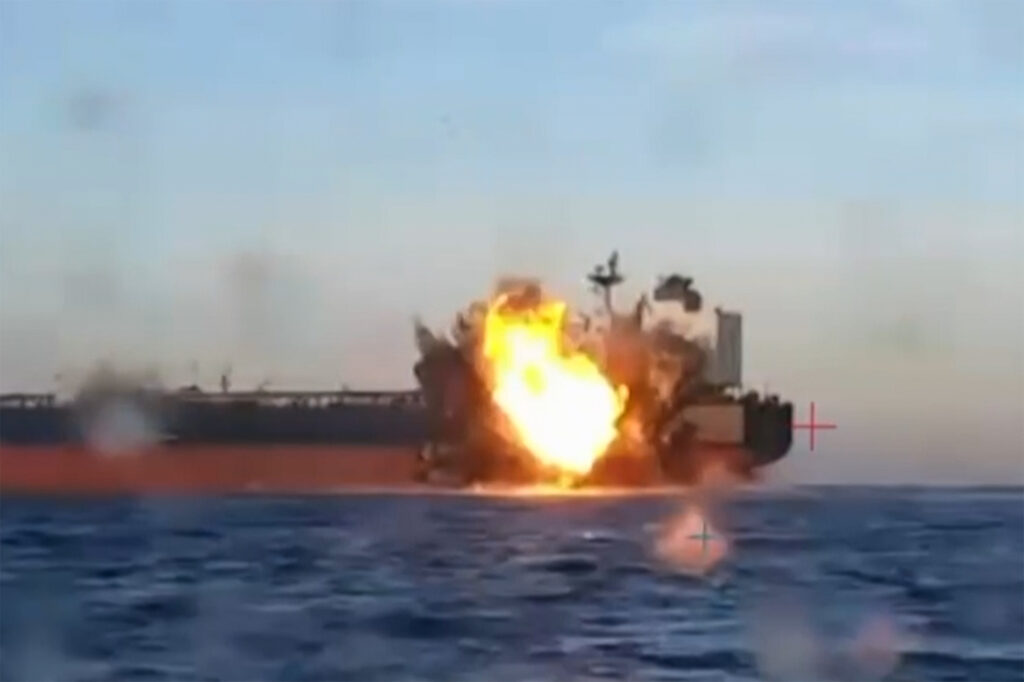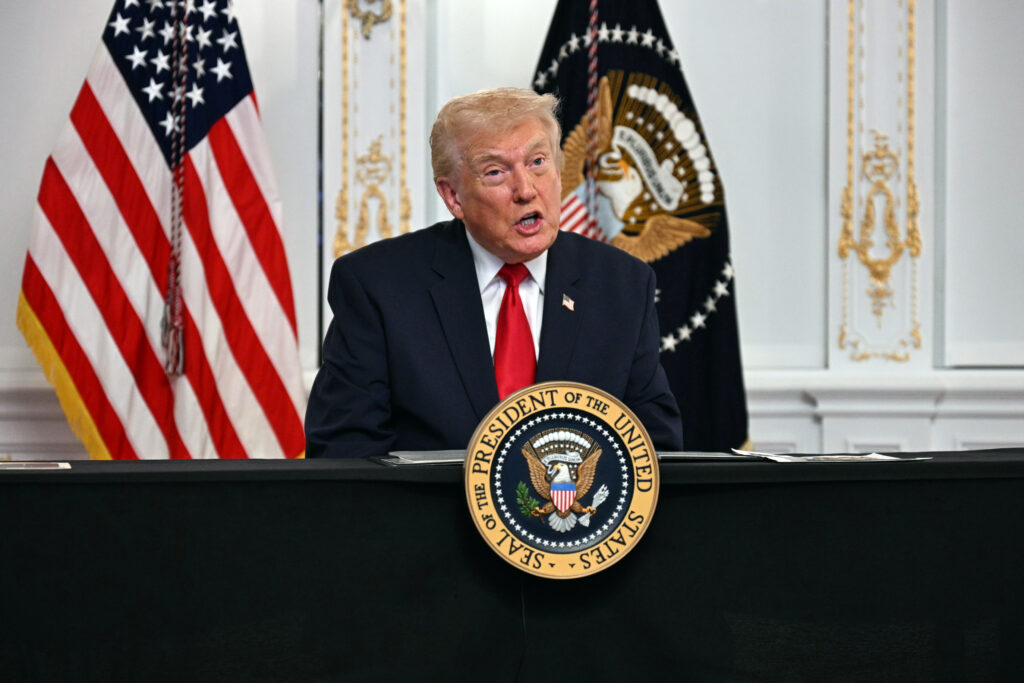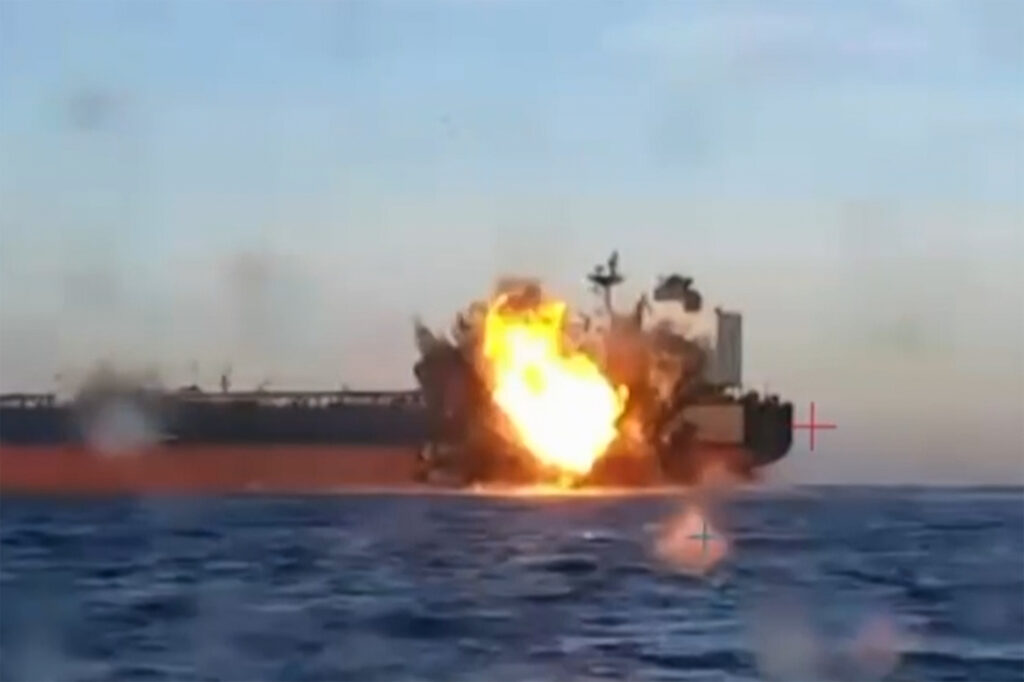Le président américain Donald Trump a lancé samedi un avertissement selon lequel l’espace aérien du Venezuela devait être considéré comme “entièrement fermé”, déclenchant l’ire de Caracas qui parle de “menace colonialiste” et “d’acte hostile”.”À toutes les compagnies aériennes, pilotes, trafiquants de drogue et trafiquants d’êtres humains,” a écrit M. Trump sur son réseau Truth Social, “veuillez considérer L’ESPACE AÉRIEN AU-DESSUS ET AUTOUR DU VENEZUELA COMME ENTIÈREMENT FERMÉ”. Le président américain n’a pas donné de détails. Cette déclaration intervient alors que l’administration Trump, dans sa lutte contre les cartels de la drogue, intensifie la pression sur le Venezuela avec un déploiement militaire majeur dans les Caraïbes, incluant le plus grand porte-avions du monde.Donald Trump accuse en particulier le Venezuela d’être un artisan du trafic de drogue qui inonde le marché américain. Caracas qui dément et insiste sur le fait que l’objectif véritable est un changement de régime et la mainmise sur les réserves pétrolières du pays, a condamné “la menace colonialiste qui prétend affecter la souveraineté de son espace aérien, constituant ainsi une nouvelle agression extravagante, illégale et injustifiée contre le peuple vénézuélien”. “Ce type de déclarations constitue un acte hostile, unilatéral et arbitraire, incompatible avec les principes les plus élémentaires du droit international”, ajoute le communiqué du ministère des Affaires étrangères.En outre, Caracas estime qu’avec l’annonce de M. Trump, Washington “suspend de manière unilatérale” le rapatriement de migrants clandestins vénézuéliens expulsés des Etats-Unis.”A ce jour, 75 vols ont été effectués pour le rapatriement de 13.956 personnes”, rappelle le texte. Ces vols se poursuivaient malgré la crise entre les deux pays, Donald Trump ayant fait de la lutte contre l’immigration clandestine une de ses priorités. Samedi, l’aéroport de Maiquetia qui dessert Caracas fonctionnait normalement, a constaté un journaliste de l’AFP.Six compagnies aériennes, dont Iberia, TAP et Turkish Airlines, ont toutefois suspendu cette semaine leurs liaisons avec le Venezuela pour des raisons de sécurité, ce qui leur a valu de se voir retirer leurs licences par Caracas.Ces annulations perturbent les voyageurs. “C’était horrible, ce voyage est une odyssée et j’ai dépensé beaucoup d’argent”, explique Yusmaicar Salabarria 35 ans, médecin vénézuélienne vivant au Chili et revenue au pays pour les vacances. Partie de Santiago, elle a dû passer à ses frais par Bogota, puis Cucuta où elle a traversé la frontière à pied pour prendre une ligne intérieure vénézuélienne. “Je suis arrivée à 10h30” à Caracas, raconte-t-elle. “J’ai mon vol pour Puerto Ordaz (nord-est) avec Rutaca (compagnie aérienne, ndlr.) à 19h40”.- Cartel des Soleils -Elle dit avoir voyagé “sans peur”: “ils (Etats-Unis) disent toujours qu’ils vont attaquer, il faut vivre au jour le jour, seul Dieu sait ce qui va se passer”. A Maracay, à une centaine de kilomètres de Caracas, des avions de combat Sukhoi et F-16 ont pris part à un meeting aéronautique, ont constaté des journalistes de l’AFP.Au pouvoir depuis 2013, le président socialiste Nicolas Maduro, héritier politique de Hugo Chavez, figure de la gauche radicale en Amérique latine, a été réélu en 2024 à l’issue d’un scrutin contesté, marqué par des troubles et des arrestations massives. Les Etats-Unis ont mené des frappes contre plus de 20 navires vénézuéliens soupçonnés de trafic de drogue dans la mer des Caraïbes et l’océan Pacifique Est depuis début septembre, tuant au moins 83 personnes, sans fournir de preuves que les navires étaient utilisés pour le trafic de drogue. Ces derniers jours, une activité constante d’avions de combat américains a été enregistrée à quelques dizaines de kilomètres des côtes vénézuéliennes, selon des sites de suivi des aéronefs.Le New York Times a indiqué vendredi que MM. Trump et Maduro s’étaient récemment entretenus par téléphone et avaient discuté d’une possible rencontre aux États-Unis. Washington a désigné comme organisation terroriste étrangère le Cartel des Soleils, une organisation dont l’existence reste à démontrer selon de nombreux experts et qui, d’après Washington, serait dirigée par le président Maduro.Jeudi, le président américain avait déclaré que ses forces allaient très bientôt commencer à cibler des “trafiquants de drogue vénézuéliens” lors d’opérations terrestres.






